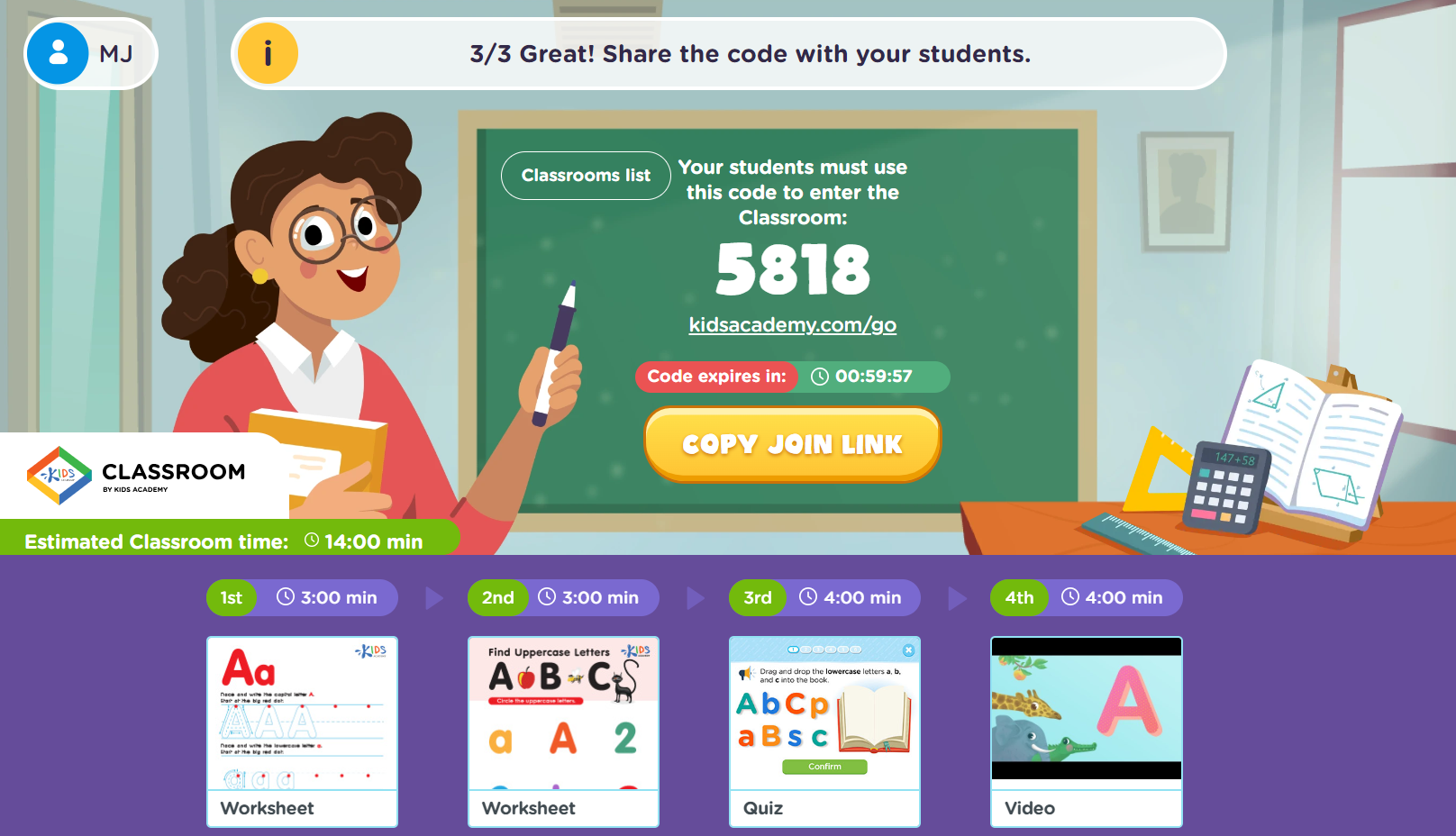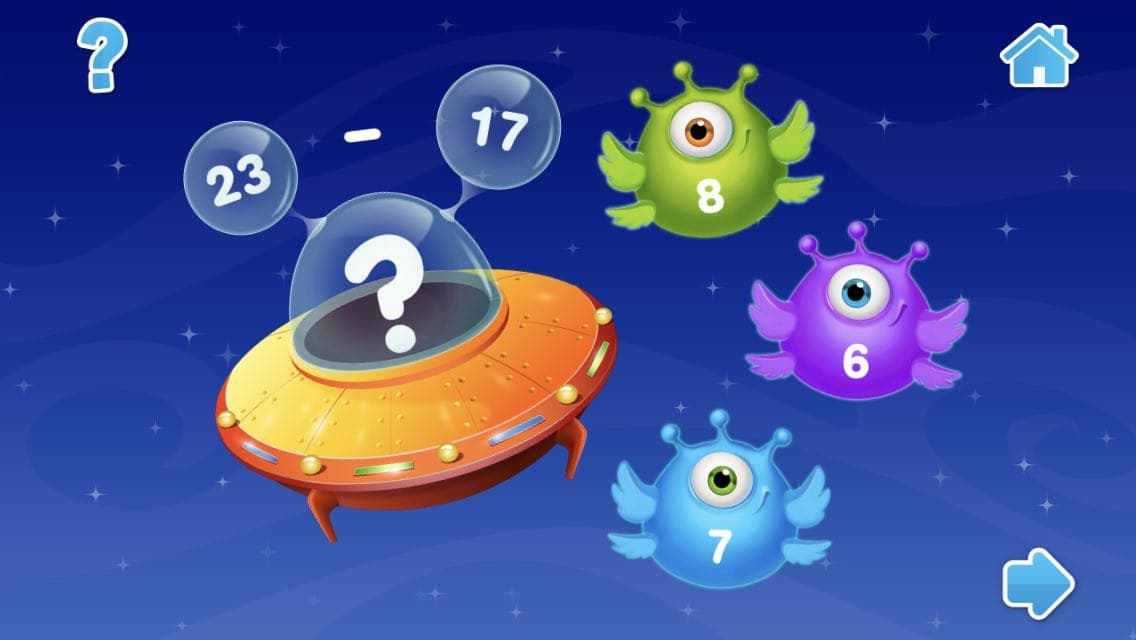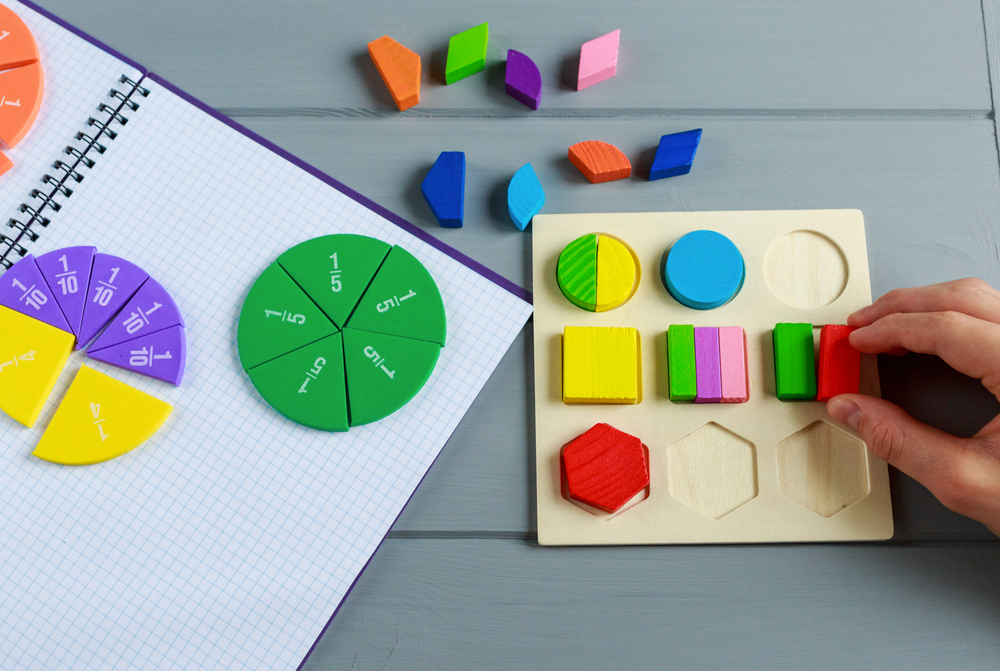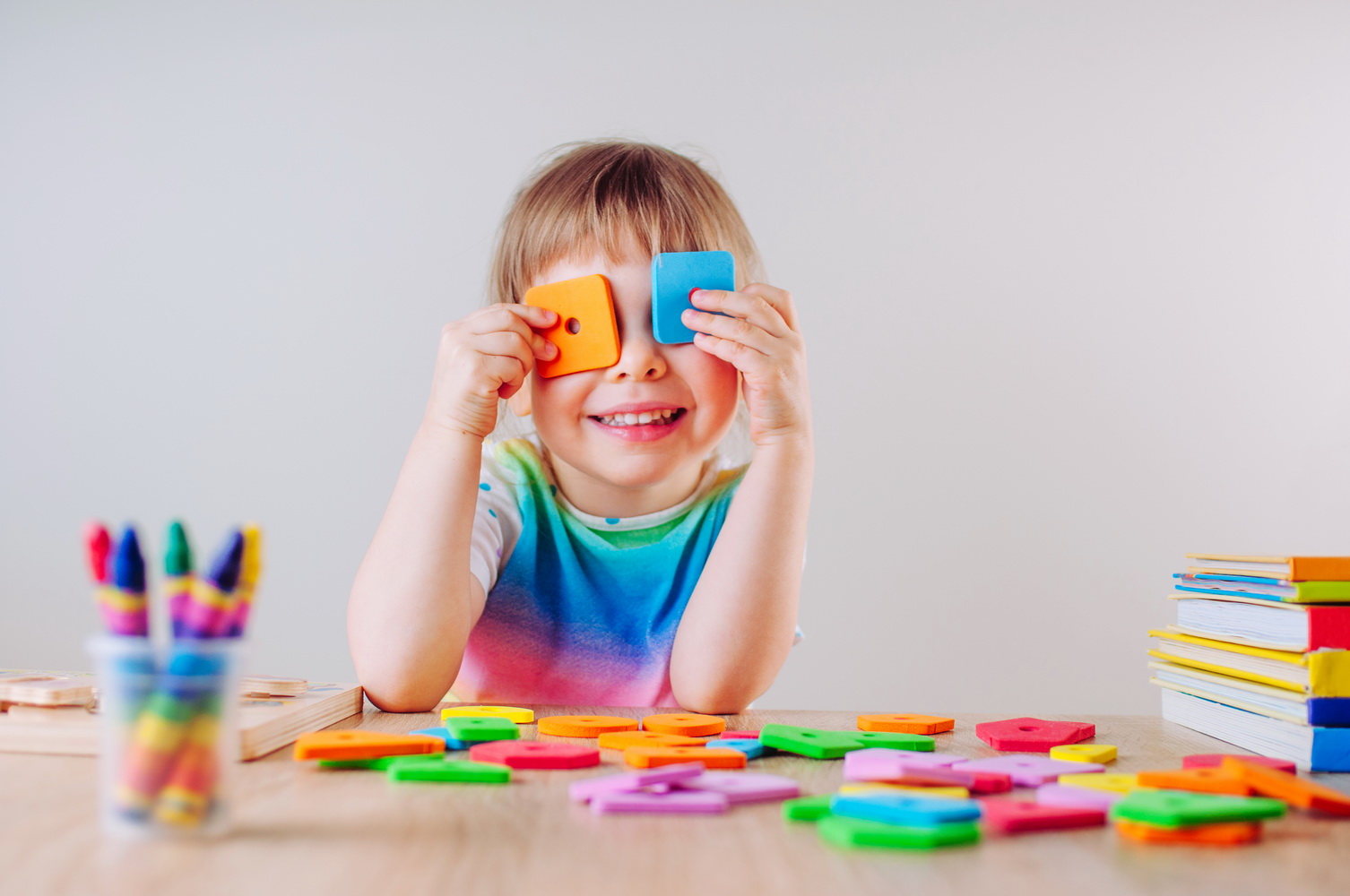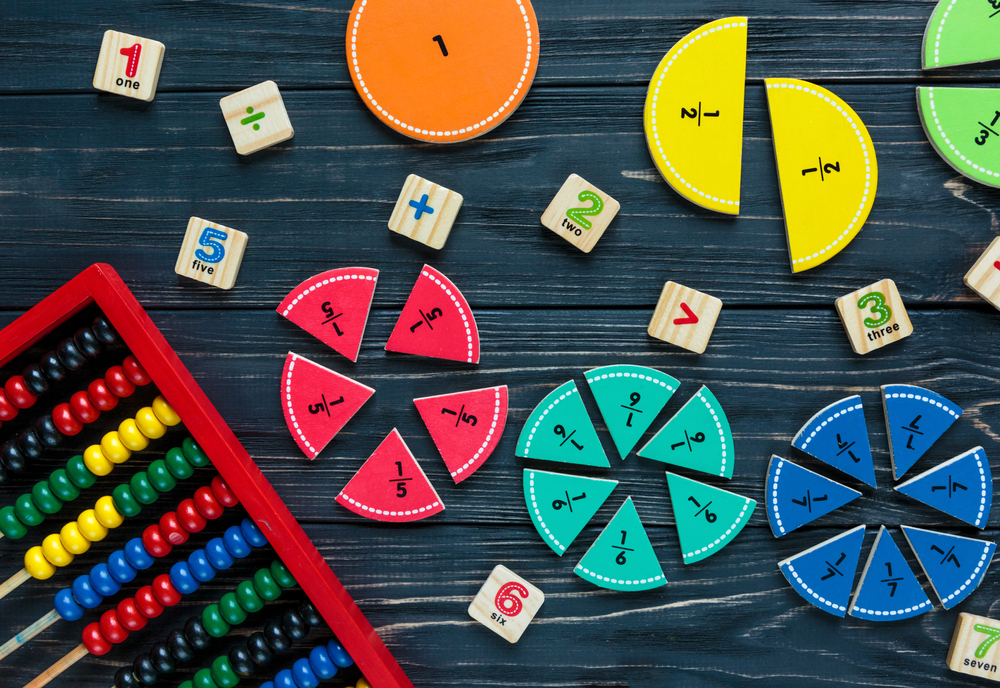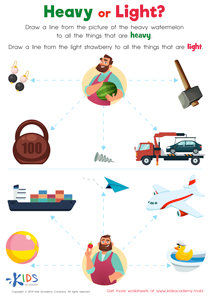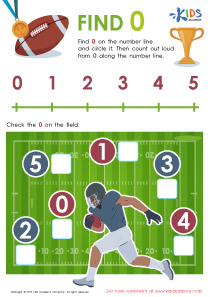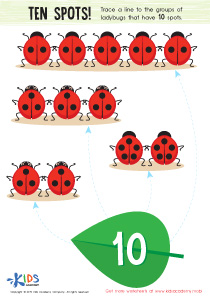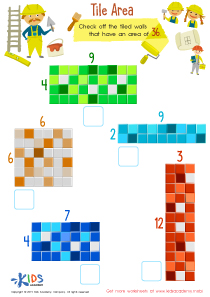Normal Comparison Worksheets for Ages 6-8
7 filtered results
-
From - To
Discover our engaging "Normal Comparison Worksheets for Ages 6-8" designed to boost your child's math skills! Our worksheets focus on essential comparison concepts, helping kids learn to compare numbers, sizes, and quantities. Perfect for young learners, these easy-to-understand exercises encourage critical thinking and problem-solving abilities while keeping math fun! With colorful visuals and meaningful scenarios, children can confidently grasp comparison concepts in a playful way. Whether for at-home practice or classroom use, these worksheets are a valuable resource for parents and teachers alike. Download now and watch your child's confidence in math grow through engaging comparison activities!
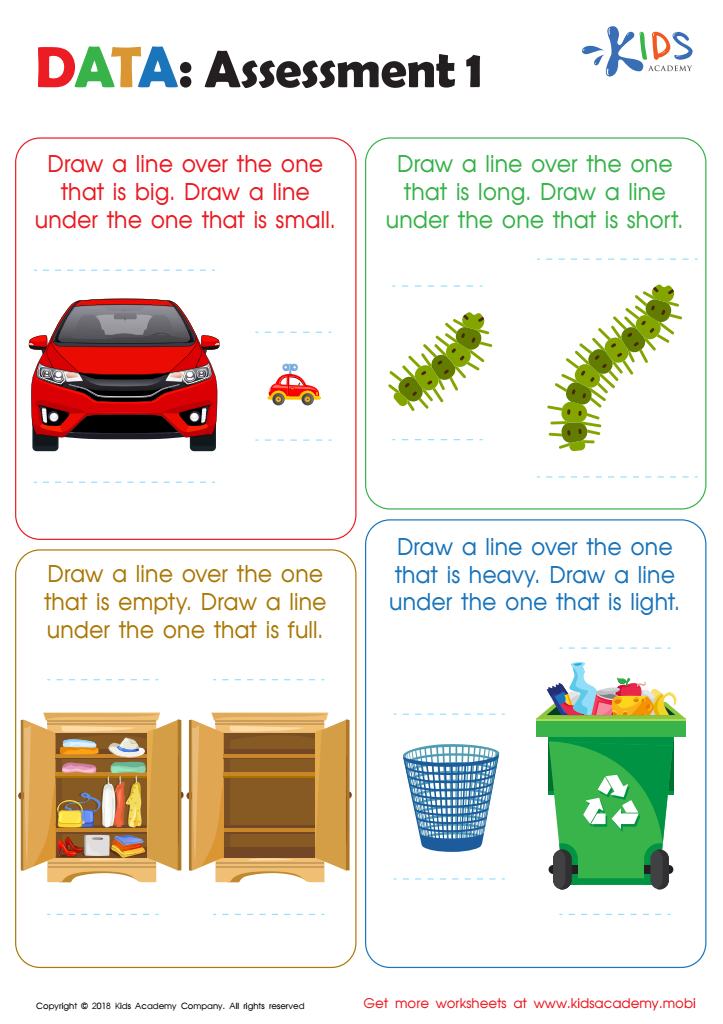

Data: Assessment 1 Worksheet
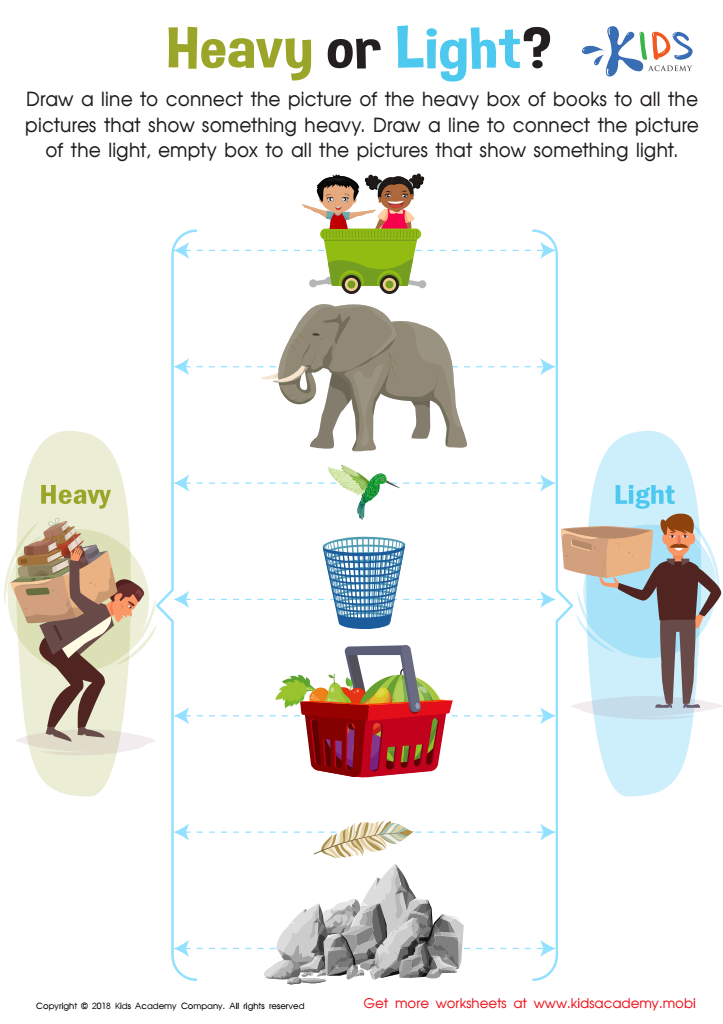

Heavy or Light? Worksheet
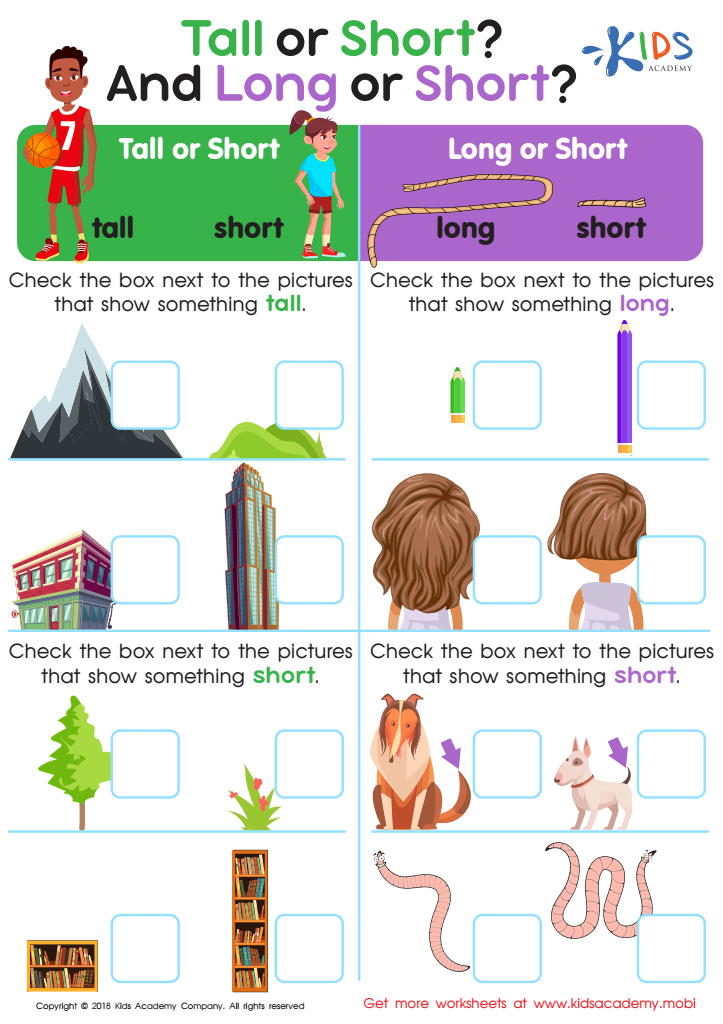

Tall or Short and Long or Short? Worksheet
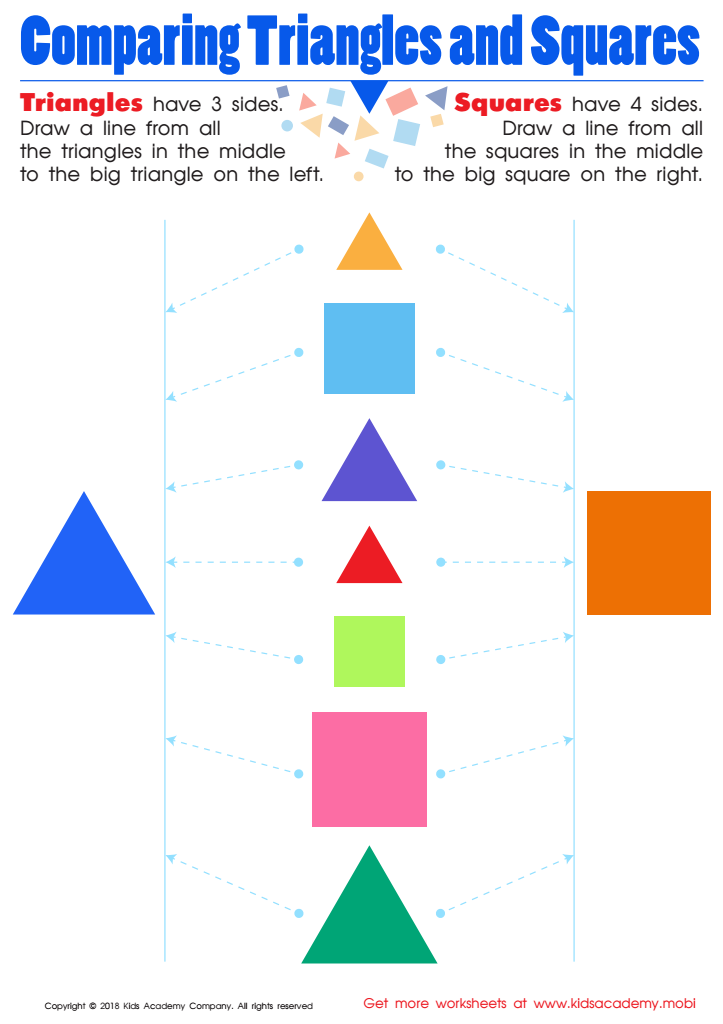

Comparing Triangles Squares Worksheet
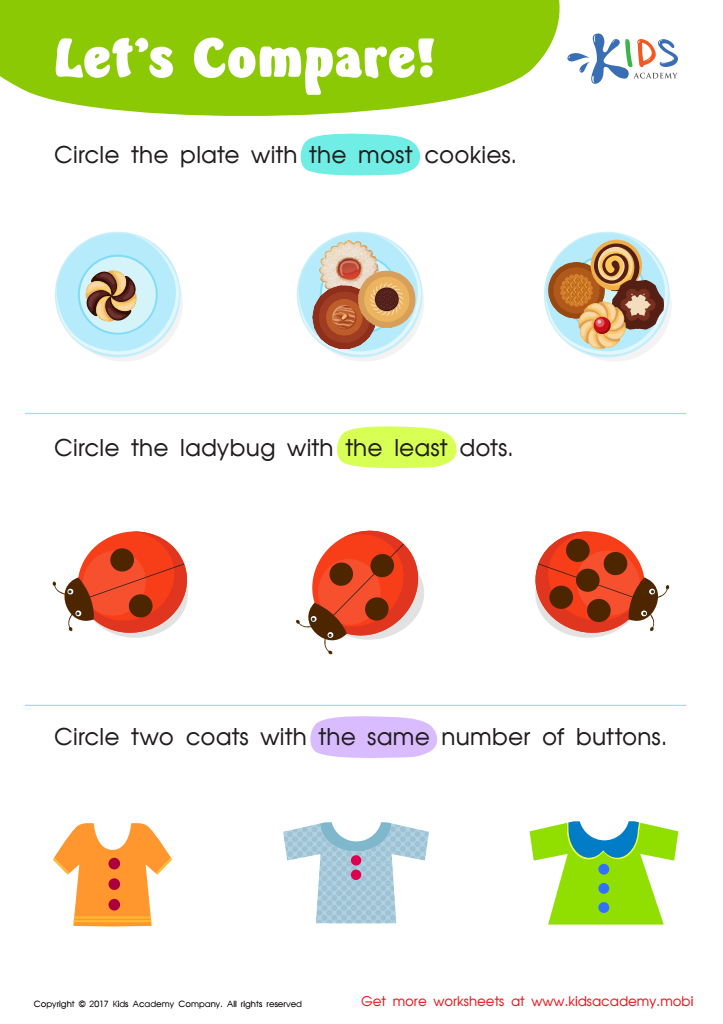

Matching: Classifying Toys by Size Worksheet
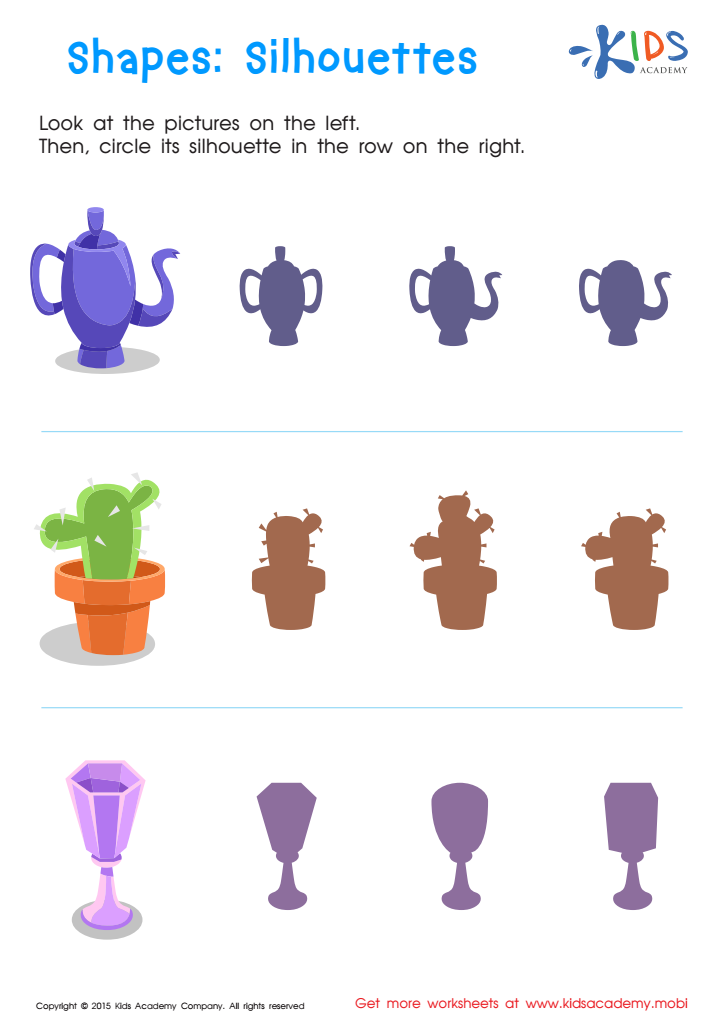

Silhouettes – Shapes Worksheet
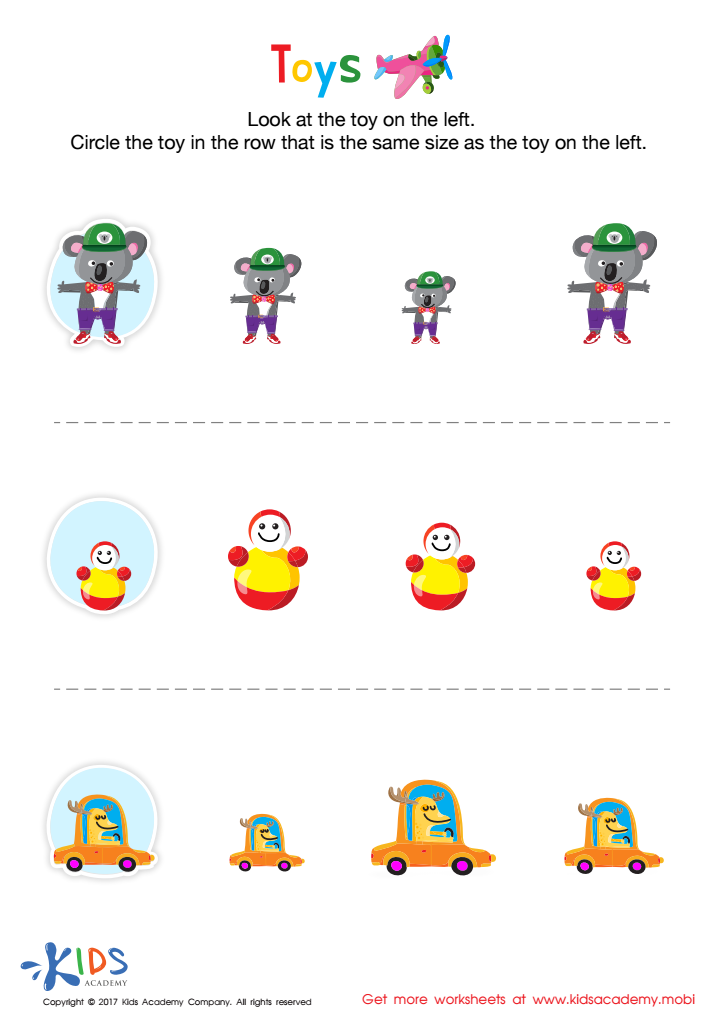

Matching: Classifying Toys by Size Worksheet
Normal comparison for ages 6-8 is crucial for both parents and teachers as it serves as a benchmark for children's developmental and educational progress. At this stage, children undergo rapid growth cognitively, socially, and emotionally. Understanding normal comparisons helps educators and caregivers identify milestones in areas such as language development, social skills, and academic learning.
When parents and teachers are aware of these comparisons, they can better support children by recognizing what is considered standard development for their age group. This knowledge aids in discerning if a child may need additional resources, interventions, or enrichment programs. When expectations are clear, teachers can tailor instruction to meet individual needs, ensuring that no child is left behind while also encouraging advanced learners.
Moreover, fostering an open dialogue between parents and teachers about developmental norms promotes a supportive learning environment. This collaboration is essential for tracking progress and addressing concerns in a timely manner. Early detection of potential delays or challenges leads to earlier interventions, which significantly enhance a child's future success. Ultimately, normal comparison helps create a foundation for lifelong learning and emotional well-being, empowering both children and adults involved in their education.
 Assign to My Students
Assign to My Students


